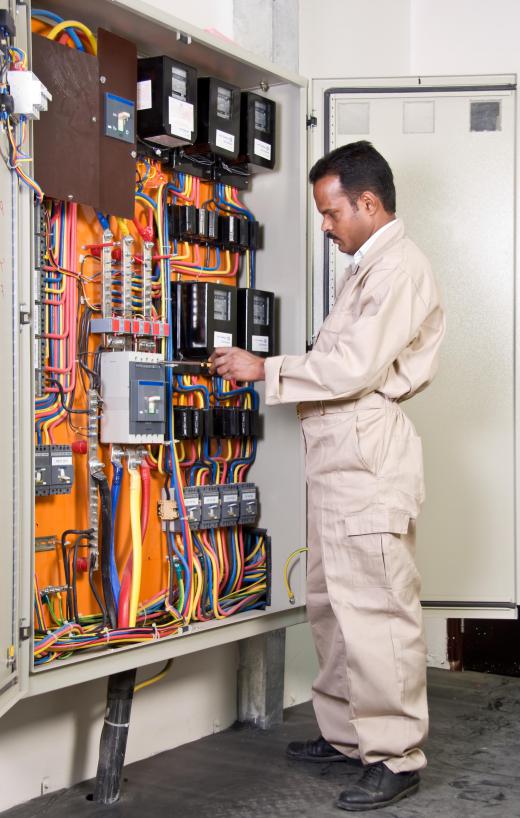A voltage tester is a device used to check the flow of electrical current through a circuit, outlet, or battery. Testers come in various models. They are useful for making sure that equipment is working properly. A voltage tester can also be used to check whether it is safe to work on a circuit.
The most basic use for a voltage tester is to find out whether current is flowing through a circuit. Similarly, it can be used to make sure that no current is flowing before an electrician starts work on the circuit. A voltage tester can also determine whether the circuit is grounded properly and whether it is receiving adequate voltage. Voltage testers intended for household use should be accurate up to 500 volts.

The simplest and cheapest form of voltage tester is the two-wire model. This type of voltage tester has three parts: a bulb, a pair of insulated wires, and a pair of test probes connected to the ends of the wires. When current flows from the probes to the wires, the light bulb illuminates.
Take a simple household task as an example. If an electrician wants to test a two-prong outlet to see if there is power running to it, he or she will make sure the electricity is on. He or she will then insert one probe into the left slot of the outlet and insert the other probe into the right slot. If the light is on, the voltage tester illuminates and the outlet is working.

Other types of voltage testers can be used to perform the same task. A plug tester looks like a small box with several lights on the front and a plug on the back. To test an outlet, a person can plug the tester into the outlet. The lights on the front of the box illuminate in a pattern that shows what, if anything, is wrong with the outlet.
A no-contact tester looks like a rectangular pen. To use it, a home owner can touch the pointed end against the light socket. The tester will either light up or beep or both if there is a current present. This is the easiest type of tester to use, but it tends to be a little more expensive than the other models. It is also the least accurate, as electrical current in nearby wires or circuits can cause a false positive reading.
